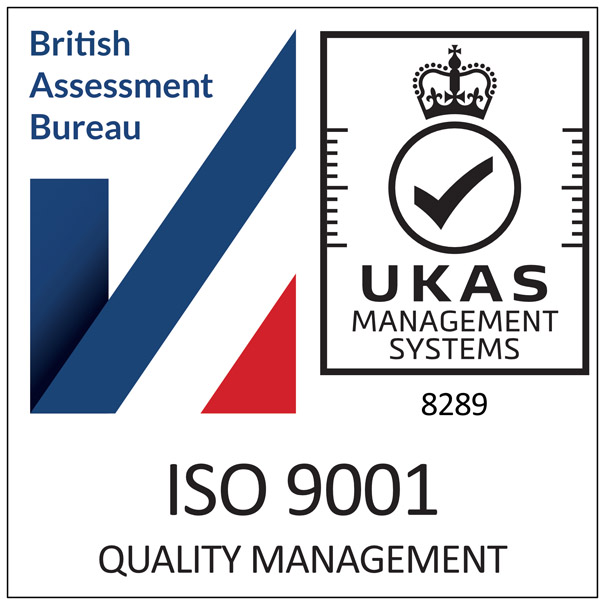
How to drain waterlogged land where natural drainage is poor
The need to drain waterlogged land where natural drainage is poor is a frequently encountered problem. This issue often arises at ground sites that are being developed and built upon. Another example of this problem is waterlogged lawns.
A common solution is the installation of a French drain (also called a land drain). The first step is to dig a trench, then line it with a professional drainage geotextile fabric, such as Draintex from the Product That Works range of professional landscaping materials, and lay a perforated pipe in the trench. Finally, you surround the pipe with a free-draining aggregate, such as pea shingle.
This drainage system helps drain the area and protects against further waterlogging.
How to provide drainage when a mains drainage connection is not possible
It’s often the case on landscaping jobs that a drainage solution is required for rainwater or surface-water run-off in an area where it is not possible to connect to mains drainage.
If you’re working on a domestic project, one solution is to build a soakaway. You dig a hole in the ground and install plastic crates (commonly referred to as soakaway crates) wrapped in a high-quality, non-woven geotextile, such as Draintex. It is essential that you use the correct fabric to wrap soakaway crates.
The crates should then be surrounded with pea shingle and a drainage pipe should be connected to the soakaway. It is vital that the area where the drainage pipe connects with the crates is also wrapped in the non-woven geotextile – this ensures optimum performance from the soakaway.
The soakaway will hold water for a period of time and slowly release it (letting it soak away) into the ground. This stops large volumes of water being released suddenly into the ground and helps to avoid flooding.
If you’re working on a commercial project, you should install a water attenuation system (also referred to as a stormwater management system). The concept and process is the same as a soakaway, however the system is usually larger and the design of the plastic crates is often different because a larger load-bearing and water-retention capacity is required.
How to install a drainage system when a more sustainable solution is required
Soakaways are also often used in situations where a more sustainable drainage solution is required to relieve pressure on an already overburdened drainage system (which can cause flooding). These systems are commonly referred to as sustainable drainage systems, or SuDs.
How to ensure drainage of hard-landscaped impermeable surfaces
The prevalence of hard-landscaped impermeable surfacing (such as concrete, tarmac and block paving) is rising significantly because of the increase in housing and commercial development. As a result, the amount of water running off these surfaces into drainage systems that are already struggling to cope is increasing.
A common solution to this drainage problem is the introduction of porous materials into the design and build of the surfacing. One example is the use of aggregate to create a base layer beneath driveways, car parks, etc. (Type 3 aggregate should be used as it offers much better drainage than Type 1 aggregate). The use of a porous block-paving system is another example.
When putting down aggregate or porous block paving, it is important that you insert a permeable membrane, such as Drivetex, as a stabilisation layer beneath the base. The insertion of this membrane helps to ensure that water soaks away and that the area drains properly.
An alternative to impermeable surfaces to help deliver good drainage
Another way to avoid drainage problems relating to hard-landscaped impermeable surfaces is to swap the likes of concrete and tarmac for a fully permeable modular gravel retention system, such as Gravelrings. This provides good drainage thanks to a free-draining mesh base and the naturally occurring drainage properties of gravel.
To be sure of selecting the right drainage geotextile fabric for the job use our geo fabric product selector.
Find out more about the Growtivation Product That Works range by downloading our Product Guide.
Or to find out where you can buy Growtivation products visit our online Where to Buy facility or contact the friendly and expert team at Growtivation for advice on 0800 197 8885 or email sales@growtivation.com.












